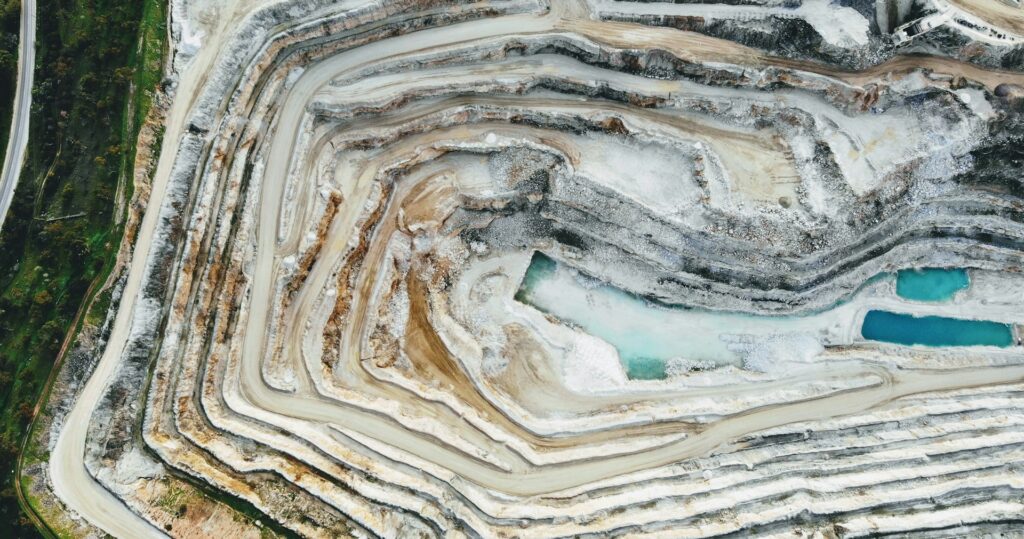
The newly signed United States–Australia Framework for Securing Supply in the Mining and Processing of Critical Minerals and Rare Earths marks a significant shift for both nations and companies like Arafura Resources in Australia’s Northern Territory. This agreement, formalized today by Prime Minister Anthony Albanese and US President Donald Trump in Washington, is seen as a transformative step in converting strategic ambitions into tangible investments, processing capacities, and supply-chain structures.
The agreement commits both countries to mobilize at least $1 billion over the next six months to finance mining and processing projects within their territories and beyond. This initiative is expected to unlock an $8.5 billion pipeline of projects, spanning from extraction to processing, and establish the institutional frameworks necessary to support downstream manufacturing. Such developments are crucial for the Indo-Pacific region and the defense-industrial base of both nations.
A New Era of Industrial Execution
This framework is not just about investment; it also establishes the policy and pricing architecture required to bolster market confidence. It aims to shield allied supply chains from non-market interventions and predatory pricing practices, with a clear focus on countering China’s dominance in global rare earth processing.
For Australia, this agreement represents a long-awaited shift from policy rhetoric to industrial execution. As Prime Minister Albanese described it, the arrangement is a “pipeline ready to go.” Projects like Arafura Resources’ rare earths facility near Alice Springs are poised to benefit from real, bankable demand and financial stability. The framework emphasizes processing over mere mining, acknowledging that true value is derived from separation and refinement, not just extraction.
The US Perspective
For the United States, this framework could signify a pivotal move away from reliance on Chinese processing towards a more trusted supply chain. The US Department of Defense has already indicated plans for direct investment in Australian rare earth projects to meet the requirements of fighter jets and advanced weapons systems. The inclusion of operational and capital expenditure support—through guarantees, equity, loans, offtake agreements, and insurance—demonstrates a level of commitment that previous critical minerals announcements lacked.
The agreement includes commitments to streamline permits, develop fair pricing systems with price floors, and deter hostile foreign acquisitions.
Strategic Coordination and Global Implications
The strengths of this agreement are substantial. It demonstrates speed and ambition, with financing commitments set for the first six months rather than the distant future. It focuses on the entire value chain, not just the mining phase, mobilizing both private and public capital. Importantly, it incorporates safeguards against unfair trade practices that have long distorted critical-minerals markets.
The agreement also points to coordination with partners such as the European Union, Japan, and South Korea to establish common pricing and trading standards. The inclusion of language around Australia’s Critical Minerals Strategic Reserve and the US’s stockpiling infrastructure underscores an alliance-led effort to shape global markets rather than merely reacting to them.
Beyond Defense: Broader Economic Opportunities
While anchoring this initiative solely in defense supply chains could limit its economic potential, the broader opportunity lies in applications for clean energy, advanced manufacturing, and communications technologies. Aligning defense demand with civilian industrial growth could create an ecosystem that supports both strategic security and national prosperity.
The rapid negotiation of this framework, its emphasis on immediate financing, and its operational focus represent the kind of decisive industrial action necessary for resilience. The government has transitioned from announcing strategies to activating them, a change that will impact jobs, investment, and Australia’s standing in the global supply chain.
Next Steps and Multilateral Expansion
The next step is multilateralization. The agreement already signals an intention to collaborate with international partners on price mechanisms and market frameworks. The 2026 Darwin Dialogue, hosted by the Australian Strategic Policy Institute, offers a platform for Australia and the US to expand this framework into a broader Indo-Pacific partnership that includes Japan, South Korea, and India. Each of these nations brings unique capabilities, from Japan’s advanced processing and technology leadership to Korea’s industrial scale and India’s growing demand and strategic alignment.
By incorporating these partners, the framework could deepen resilience and extend its economic and geopolitical reach. Darwin, as Australia’s gateway to the Indo-Pacific, is the natural location for these discussions.
The US–Australia critical minerals framework is a bold and pragmatic step toward building real resilience in an era of economic coercion and strategic competition. For Arafura and other projects in Northern Australia, it brings clarity, capital, and confidence. For Canberra and Washington, it marks the beginning of a new phase in allied industrial strategy. This agreement demonstrates that when strategic intent is matched with investment and policy coordination, results can swiftly follow. This time, the government has indeed got it right.







